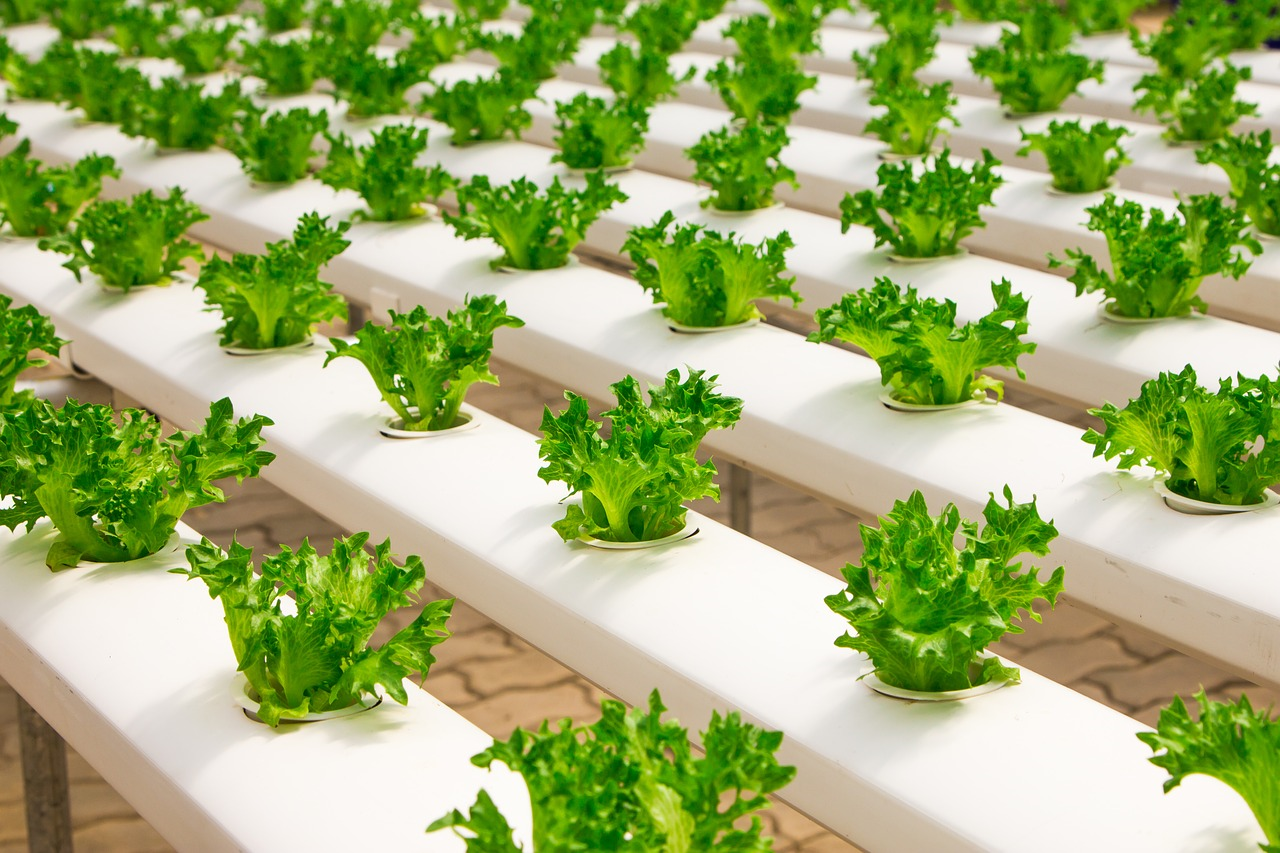
Do you want an easy way to maximize plant yields? If you have a hardy hydroponic setup already in place with many healthy plants, cloning may be a good option for keeping your indoor garden growing at minimal cost. Read on for more information about cloning your hydroponic garden.
Why clone plants?
Feel like playing mad scientist? Okay, so plant cloning won’t require beakers of mysterious liquids or hooking your specimens up to electrical nodes and waiting for a lightning bolt. But the feeling of creating a new plant from an existing one can be exciting and satisfying once you get the hang of it.
Cloning your plants has several advantages over growing from seed. The biggest two benefits are time and money. When you grow plants from seeds, you have two primary options. You can either purchase more seeds to grow, or you can turn some of your plants into seed producers. The disadvantages of these two methods are apparent. Buying more seeds costs more money, and utilizing part of your plants for seed stock means that they may not be able to be used for producing other yields.
And there is another reason why cloning has an advantage over starting from seeds. A cloned plant is grown from a cutting that you take from an existing plant. This means the new plant does not have to start from a seed, saving you on grow time. Rotating cuttings of cloned plants can keep your indoor garden creating yields year-round. Some plants are also much easier to grow from cuttings than from seeds.
How to get started cloning your plants
Plant cloning doesn’t take an advanced degree in genetics. Gardeners have been doing it for centuries. What happens physically is that you force tissues from the original plant to grow into a full-fledged plant of their own. You do this by taking a cutting (removing one of the stems, with leaves intact), soaking it in water, and then planting it in your growing medium. The stem will signal its tissues to start growing roots at the bottom.
Removing a cutting is very much like pruning your plants. Cut off a piece about two to four inches long with a sharp knife or shears. Make the cut at a forty-five degree angle. Then, trim off any lower leaves and nodes. Soak the cuttings until you are ready to plant them to prevent air bubbles in the stem, which can damage the plant. You should plant your clones as soon as possible after cutting.
Are there any disadvantages to cloning your plants? Cloning does slightly reduce the diversity of your garden, and that means the new plants will be susceptible to the same health problems as the original plant and may succumb to the same diseases if your garden becomes infested. However, taking cuttings from multiple plants and only cloning the healthiest specimens will reduce this potential disadvantage.
Get more tips for successful indoor gardening by following our blog at Indoor Cultivator.
